DOES CRUISE TOURISM DESTINATION BRANDING CONTRIBUTE TO ECONOMIC GROWTH IN PENANG, MALAYSIA?
Abstract
This research note investigates the potential for economic growth in Penang, Malaysia, through strategic destination branding for the cruise tourism sector. Penang, a key economic hub, needs help fully harnessing its economic potential, with existing statistics indicating a troubling rise in the unemployment rate. This emphasises the need for effective economic interventions to promote growth and job creation. Despite these challenges, Penang possesses significant untapped potential in cruise tourism. The island's rich cultural heritage and strategic location make it an attractive destination, yet the number of cruise tourists still needs to grow compared to tourist arrivals. This disparity presents a unique opportunity to leverage cruise tourism destination branding as a catalyst for economic growth and employment generation. Penang could address these issues by aligning with Sustainable Development Goal 8 (SDG 8), which promotes sustained, inclusive, and sustainable economic growth, full and productive employment, and decent work for all. By addressing these issues, Penang could make significant strides towards achieving SDG 8, transforming the illusion of cruise tourism-driven economic development into a tangible opportunity.
Full Text:
PDFReferences
Abosag, I., & F. Farah, M. (2014). The influence of religiously motivated consumer boycotts on brand image, loyalty and product judgment. European Journal of Marketing, 48(11/12), 2262-2283.
Alvarado-Karste, D., & Guzmán, F. (2020). The effect of brand identity-cognitive style fit and social influence on consumer-based brand equity. Journal of Product & Brand Management, 29(7), 971-984.
Bandyopadhyay, S., & Martell, M. (2007). Does attitudinal loyalty influence behavioral loyalty? A theoretical and empirical study. Journal of Retailing and Consumer Services, 14(1), 35-44.
Bergkvist, L., & Taylor, C. R. (2022). Reviving and improving brand awareness as a construct in advertising research. Journal of Advertising, 51(3), 294-307.
Bianchi, C., & Pike, S. (2011). Antecedents of destination brand loyalty for a long-haul market: Australia's destination loyalty among Chilean travelers. Journal of Travel & Tourism Marketing, 28(7), 736-750.
Cardoso, L., Dias, F., de Araújo, A. F., & Marques, M. I. A. (2019). A destination imagery processing model: Structural differences between dream and favourite destinations. Annals of Tourism Research, 74, 81-94.
Carlson, B. D., Suter, T. A., & Brown, T. J. (2008). Social versus psychological brand community: The role of psychological sense of brand community. Journal of Business Research, 61(4), 284-291.
Chi, H. K., Huang, K. C., & Nguyen, H. M. (2020). Elements of destination brand equity and destination familiarity regarding travel intention. Journal of Retailing and Consumer Services, 52, 101728.
Chong, J. Y., Goh, J., Tan, M. Q., & Teo, K. P. (2023). Factors influencing tourist’s intention to travel for food-related tourism in Penang, Malaysia (Doctoral dissertation, UTAR).
CLIA. (2024, April 9). State of the Cruise Industry report. Cruise Line Industry Association. Retrieved July 15, 2024, from https://cruising.org/en/news-and-research/press-room/2024/april/state-of-the-cruise-industry-report
Dermawan, A. (2024, January 23). Penang's cruise tourism records robust resurgence. NST Online. Retrieved July 15, 2024, from https://www.nst.com.my/news/nation/2024/01/1004526/penangs-cruise-tourism-records-robust-resurgence
Dermawan, A. (2024a, January 29). Penang recorded nearly 7 million passenger arrivals in 2023; increase of 64.5 pct. NST Online. https://www.nst.com.my/news/nation/2024/01/1007358/penang-recorded-nearly-7-million-passenger-arrivals-2023-increase-645
Dwivedi, A. (2015). A higher-order model of consumer brand engagement and its impact on loyalty intentions. Journal of Retailing and Consumer Services, 24, 100-109.
Dwyer, L., Forsyth, P., Madden, J., & Spurr, R. (2000). Economic impacts of inbound tourism under different assumptions regarding the macroeconomy. Current Issues in Tourism, 3(4), 325-363.
Giannopoulos, A., Piha, L., & Skourtis, G. (2021). Destination branding and co-creation: a service ecosystem perspective. Journal of Product & Brand Management, 30(1), 148-166.
Hosany, S., Prayag, G., Deesilatham, S., Cauševic, S., & Odeh, K. (2015). Measuring tourists’ emotional experiences: Further validation of the destination emotion scale. Journal of Travel Research, 54(4), 482-495.
Huerta-Álvarez, R., Cambra-Fierro, J. J., & Fuentes-Blasco, M. (2020). The interplay between social media communication, brand equity and brand engagement in tourist destinations: An analysis in an emerging economy. Journal of Destination Marketing & Management, 16, 100413.
Jain, R. (2017). Basic branding concepts: brand identity, brand image and brand equity. International Journal of Sales & Marketing Management Research and Development, 7(4), 1-8.
Jraisat, L. E., Akroush, M. N., Alfaouri, R. J., Qatu, L. T., & Kurdieh, D. J. (2015). Perceived brand salience and destination brand loyalty from international tourists’ perspectives: The case of Dead Sea destination, Jordan. International Journal of Culture, Tourism and Hospitality Research, 9(3), 292-315.
Keller K. L. (2001). Building customer-based brand equity: a blueprint for creating strong brands. Marketing Science Institute, 24-25.
Keller, K. L. (1993). Conceptualising, measuring, and managing customer-based brand equity. Journal of Marketing, 57(1), 1-22.
Keller, K. L. (2016). Reflections on customer-based brand equity: perspectives, progress, and priorities. AMS Review, 6, 1-16.
Keller, K. L., Heckler, S. E., & Houston, M. J. (1998). The effects of brand name suggestiveness on advertising recall. Journal of Marketing, 62(1), 48-57.
Lee, J. L., James, J. D., & Kim, Y. K. (2014). A reconceptualization of brand image. International Journal of Business Administration, 5(4), 1-11.
Leek, S., & Christodoulides, G. (2012). A framework of brand value in B2B markets: The contributing role of functional and emotional components. Industrial Marketing Management, 41(1), 106-114.
Leng, O. W. (2021). Challenges and Opportunities for Penang’s Labour Market amid the Covid-19 Pandemic. In Penang Institute. Penang Institute. https://penanginstitute.org/wp-content/uploads/2021/07/Challenges-and-Opportunities-for-Penangs-Labour-Market.pdf
Luković, T. (2012). Nautical tourism and its function in the economic development of Europe. Visions for Global Tourism Industry–Creating and Sustaining Competitive Strategies, 1304637622, 19.
Marques, M. (2020). The Cruise Industry in the World. In Managing, Marketing, and Maintaining Maritime and Coastal Tourism (pp. 223-232). IGI Global.
Mohamad, D., Omar, S. I., & Mohamed, B. (2014). Food and Culture in Tourism: Where does Penang Island Stand?. Theory and Practice in Hospitality and Tourism Research, 489-492.
Mok, O. (2024, May 24). Penang governor tells state to find ways to offset overspending. Malay Mail. https://www.malaymail.com/news/malaysia/2024/05/24/penang-governor-tells-state-to-find-ways-to-offset-overspending/136208#google_vignette
Molinillo, S., Ekinci, Y., & Japutra, A. (2019). A consumer-based brand performance model for assessing brand success. International Journal of Market Research, 61(1), 93-110.
Nguyen, M. (2020). Creating Visual Identity and Brand Guidelines to Achieve Consistency in Brand Experience – Case Kokonat. Theseus. https://urn.fi/URN:NBN:fi:amk-2020051812145
Nikčević, J. (2019). Strengthening the role of local government to ensure sustainable development of the cruise sector: The case of Kotor. Marine Policy, 109, 103693.
Papathanassis, A. (2020). The growth and development of the cruise sector: A perspective article. Tourism Review, 75(1), 130-135.
Penang Economic and Development Report. (2020). Penang’s Macroeconomic Performance. Penang Institute. https://penanginstitute.org/wp-content/uploads/2020/12/Chapter-2-Penang-Economic-and-Development-Report-2020-final-preview-pages-43-76.pdf
Peručić, D., & Greblički, M. (2022). Key factors driving the demand for cruising and challenges facing the cruise industry in the future. Tourism: An International Interdisciplinary Journal, 70(1), 87-100.
Piraeus Port of Athens. (2021, April 1). List of busiest ports. Piraeus. Retrieved July 15, 2024, from https://www.piraeus.org/busiest-ports-in-the-world.html
Punzo, L. F., Feijo, C. A. A., & Anyul, M. P. P. (Eds.). (2012). Beyond the Global Crisis. Taylor & Francis.
Rashid, M. B. M. (2020). Perceptions of Cruise Tourism and its Impact on Tourism-Related Businesses: A Case Study in Penang, Malaysia. (Doctoral Thesis, University of Exeter, United Kingdom).
Rather, R. A., Najar, A. H., & Jaziri, D. (2021). Destination branding in tourism: insights from social identification, attachment and experience theories. In Tourism in India (pp. 53-67). Routledge.
Saayman, M., & Saayman, A. (2006). Estimating the economic contribution of visitor spending in the Kruger National Park to the regional economy. Journal of sustainable tourism, 14(1), 67-81.
Sartori, A., Mottironi, C., & Corigliano, M. A. (2012). Tourist destination brand equity and internal stakeholders: An empirical research. Journal of Vacation Marketing, 18(4), 327-340.
Shvets, I. Y. (2020). Multiplier effects of the development of socially responsible tourism. EurAsian Journal of BioSciences, 14(2), 3753-3758.
Stukalina, Y., & Pavlyuk, D. (2021). Using customer-based brand equity model in the higher education context: simulating the current university’s brand. Business, Management and Economics Engineering, 19(2), 272-288.
Sung, Y., & Kim, J. (2010). Effects of brand personality on brand trust and brand affect. Psychology & Marketing, 27(7), 639-661.
Syed Alwi, S. F., Nguyen, B., Melewar, T. C., Loh, Y. H., & Liu, M. (2016). Explicating industrial brand equity: Integrating brand trust, brand performance and industrial brand image. Industrial Management & Data Systems, 116(5), 858-882.
Thomson, M., MacInnis, D. J., & Whan Park, C. (2005). The ties that bind: Measuring the strength of consumers’ emotional attachments to brands. Journal of consumer psychology, 15(1), 77-91.
Tourism Malaysia. (2024). Malaysia - A Preferred Cruise Destination. Tourism Malaysia. https://www.tourism.gov.my/niche/cruise
Yeap, J. A., Ong, K. S. G., Yapp, E. H., & Ooi, S. K. (2020). Hungry for more: understanding young domestic travellers’ return for Penang street food. British Food Journal, 122(6), 1935-1952.
Yousaf, A., Amin, I., & Gupta, A. (2017). Conceptualising tourist based brand-equity pyramid: an application of Keller brand pyramid model to destinations. Tourism and Hospitality Management, 23(1), 119-137.
DOI: http://dx.doi.org/10.30813/glost.v0i0.5938






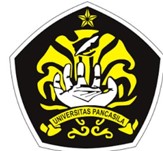

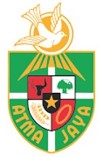

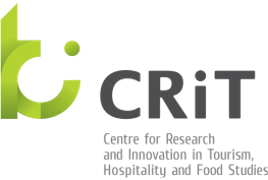
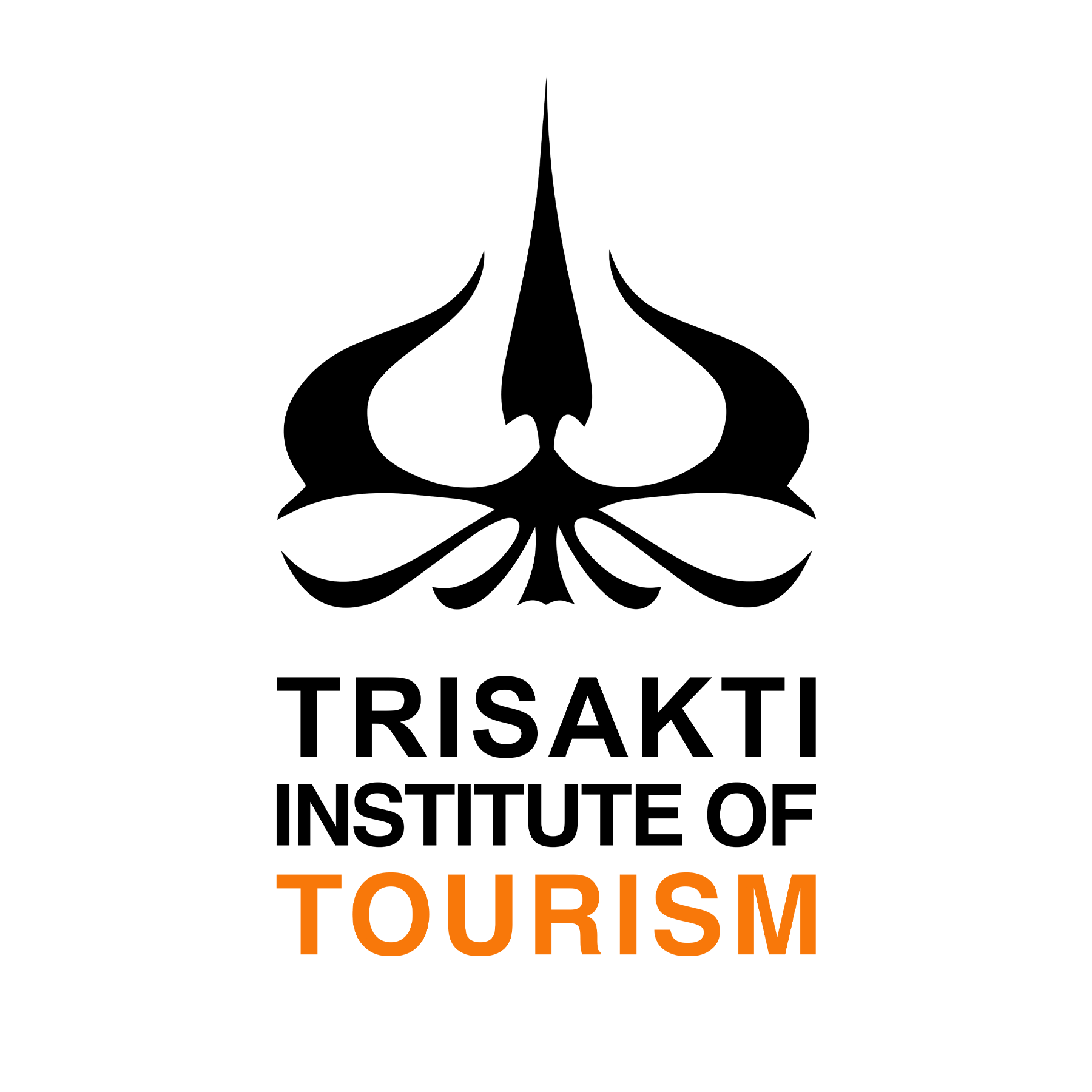

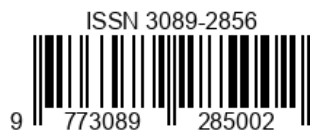
.jpg)
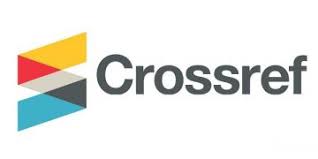

1.png)
.png)